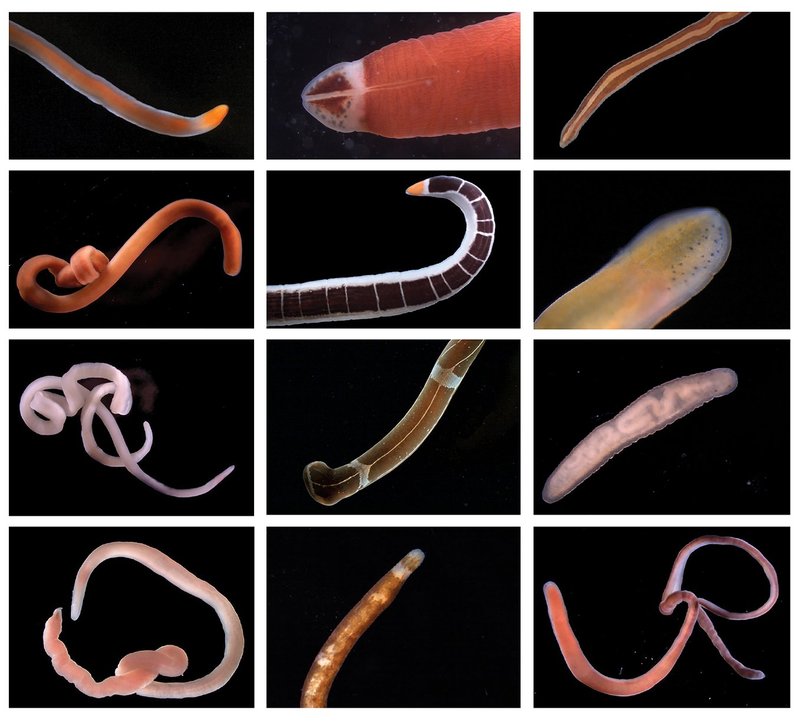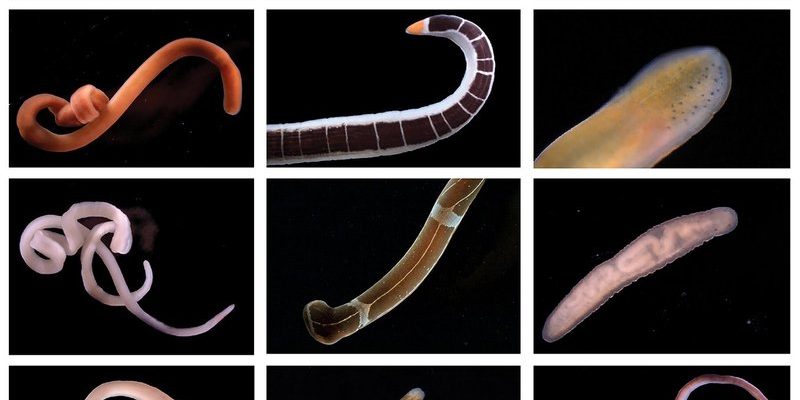
Ribbon worms are more than just a quirky addition to the animal kingdom. They play important roles in their ecosystems, contributing to nutrient cycles and serving as both predators and prey. If you’re curious about how these intriguing creatures evolved over time, you’re in for a treat. Let’s explore their evolutionary history and discover what makes ribbon worms so special.
What Are Ribbon Worms?
Before diving into their evolutionary history, it helps to understand what ribbon worms are. These soft-bodied animals can stretch out to impressive lengths, some measuring over 30 meters! They have a long, flat body that’s often brightly colored, resembling a ribbon. Most species live in marine environments, but some can also be found in freshwater and damp terrestrial habitats.
Ribbon worms possess a unique feature—an extensible proboscis. This is a long, tube-like structure they use for hunting and capturing prey. Imagine having a super long straw at your disposal! They can shoot it out, ensnaring unsuspecting creatures like small fish and crustaceans. This hunting mechanism is a key aspect of what makes them successful predators.
You might be wondering how these worms fit into the bigger picture of evolution. Well, their evolutionary journey spans millions of years, and understanding it requires looking back at their distant relatives.
Early Ancestry of Ribbon Worms
The story of ribbon worms begins around 600 million years ago, during the Ediacaran Period. Life on Earth was primarily simple, mostly consisting of single-celled organisms and some multicellular entities. The ancestors of ribbon worms likely emerged from this early mix, gradually evolving into more complex forms.
When we look at the *Nemertea* phylum, its ancestors are thought to be related to other groups like flatworms (*Platyhelminthes*). Both ribbon worms and flatworms share certain characteristics, like having a flattened body—an adaptation that might help them navigate their environments more efficiently.
As time passed, ribbon worms diversified into various species, each adapting to their specific habitats. This adaptation meant that some evolved to hunt in the depths of the ocean, while others thrived in shallower waters or even on land. Imagine how different life can be depending on where you find yourself!
Diversification in the Paleozoic Era
Fast forward to the Paleozoic Era, which began around 541 million years ago. This era is crucial for understanding the diversification of ribbon worms. As the Earth experienced significant geological changes, habitats began to shift. The expansion of marine environments during this time allowed ribbon worms to evolve into new forms and niches.
During the Cambrian explosion, which occurred around 540 million years ago, many animal groups experienced rapid diversification, including ribbon worms. This period saw the development of complex ecosystems, with ribbon worms adapting to various roles—some became active predators, while others took on scavenger-like habits.
Interestingly, fossil evidence suggests that some ribbon worms from this period had features not commonly seen in modern species. For instance, larger, more robust bodies indicate that they may have hunted larger prey. Understanding this evolutionary leap helps us appreciate how these creatures adapted and evolved with their environment.
Modern Ribbon Worms: Characteristics and Adaptations
Today, ribbon worms exhibit a variety of characteristics that reflect their long evolutionary history. Most modern species are characterized by smooth, elongated bodies and vibrant colors. Their **proboscis** is a standout feature, allowing them to effectively capture prey from a distance.
In addition to their impressive hunting skills, ribbon worms also demonstrate fascinating adaptability. For instance, some species can regenerate lost body parts, much like certain types of starfish. This ability is an evolutionary advantage, especially when facing predators. Imagine losing your arm and being able to grow it back—that’s some superhero-level stuff!
Another interesting point is their reproductive methods. Ribbon worms can reproduce both sexually and asexually. Some species can even reproduce through fragmentation, where pieces of the worm can grow into new individuals. This flexibility in reproduction has allowed them to thrive in various environments, showcasing their resilience.
The Role of Ribbon Worms in Their Ecosystems
Ribbon worms aren’t just fascinating on their own; they play vital roles in their ecosystems. As predators, they help maintain balance by controlling the populations of their prey. Think of them as the silent hunters of the ocean floor, helping to keep the ecosystem in check.
Moreover, ribbon worms contribute to nutrient cycling. When they consume organic matter and other small creatures, their feeding habits help break down these materials, returning valuable nutrients to the environment. This process is crucial for the health of marine ecosystems, ensuring that other organisms can thrive.
Additionally, ribbon worms serve as prey for various animals, including fish and birds. They’re a critical link in the food chain, demonstrating how interconnected life can be. Without ribbon worms, many species would struggle to find enough food, emphasizing their importance in maintaining ecological balance.
The evolutionary history of ribbon worms is a testament to the incredible adaptability of life on Earth. From their simple beginnings over 600 million years ago to their diverse modern forms, these creatures show us how life can change and thrive in different conditions.
As we continue exploring the natural world, remember that even the smallest and most unusual organisms, like ribbon worms, play essential roles in their environments. Their journey reflects countless adaptations that make life as we know it possible. So, the next time you think about the wonders of the animal kingdom, give a nod to those elegant, ribbon-like worms making waves beneath the surface!

